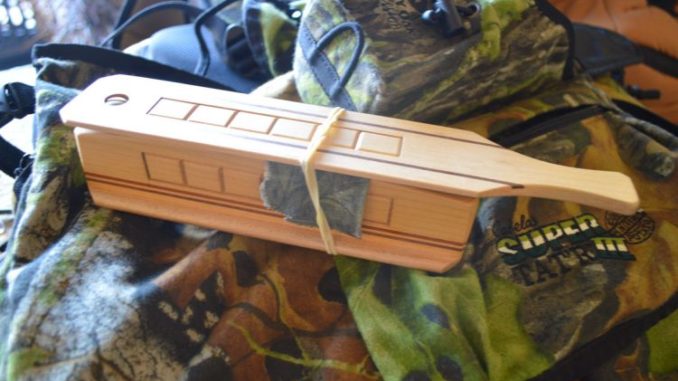
• Gobble
A tom produces this sound as a way to let the hens know where it is during the breeding season. While a gobble can draw in a mature tom looking for a fight, it can also drive away birds that are less dominant.
• Cutt
These sharp, fast cadences of clucks are a sign that turkeys are excited. Sometimes this vocalization appeals to a dominant hen and can draw it in, which means the tom may be close behind.
• Yelp
The plain yelp is a series of single sounds, and is one of the most basic vocalizations you can make. Essentially, it’s a hen letting others know where it is. For the beginner, mastering this call is paramount, and can be enough to lure in a gobbler. The excited yelp is similar to the plain, but louder and faster in cadence, which often works on a hung-up gobbler.
• Cluck
Two or three single notes of the cluck is used to gain the attention of other turkeys in the group. A cluck is good to use to further entice a gobbler as it’s approaching. It lets the tom know there’s a hen nearby.
• Purr
Turkeys make this sound when they’re calm and relaxed, often when they’re feeding. It’s another call that can reassure a gobbler when it’s approaching you. Use the cluck and purr together to switch up your notes.
• Kee-kee
This fast series of notes is the lost call of a young turkey. It’s often used during the fall by a brooding hen to bring a flock back together. However, Saale said in the spring in heavily pressured areas where most hunters are yelping, this sound can make you sound unique.
• Fly down cackle
A hen will make this sound as it is leaving the roost. It’s a good way to let a tom know a hen is on the ground, enticing it to fly down as well.


